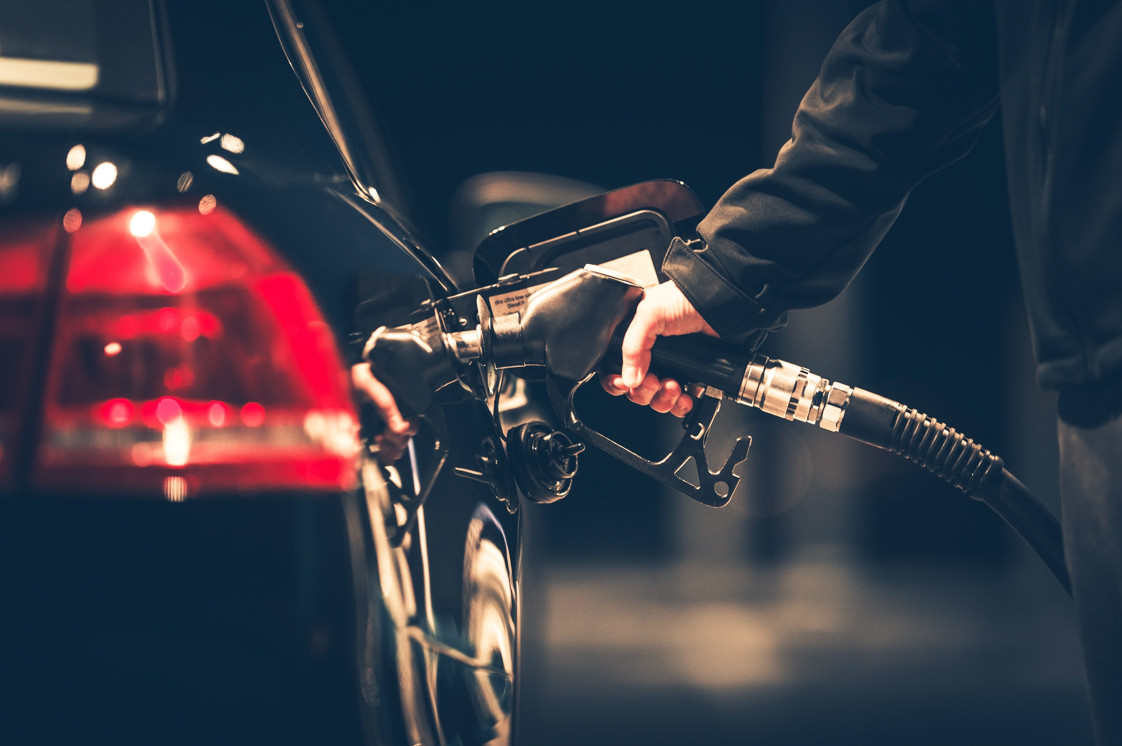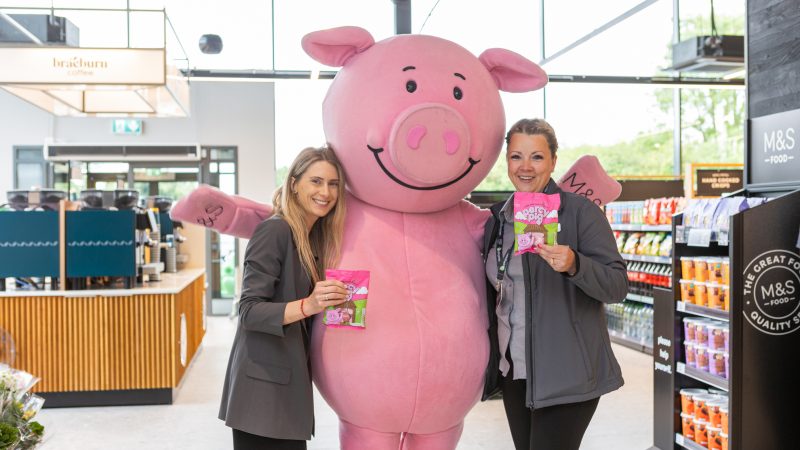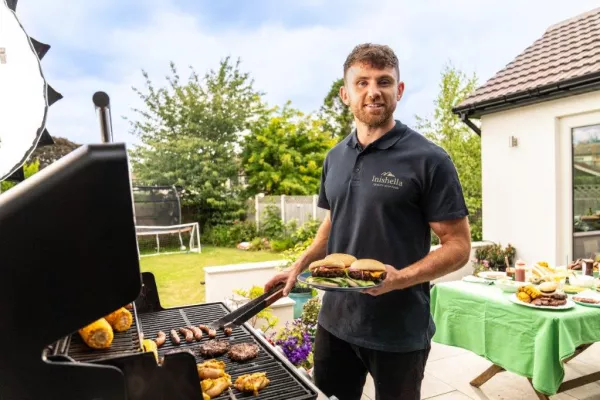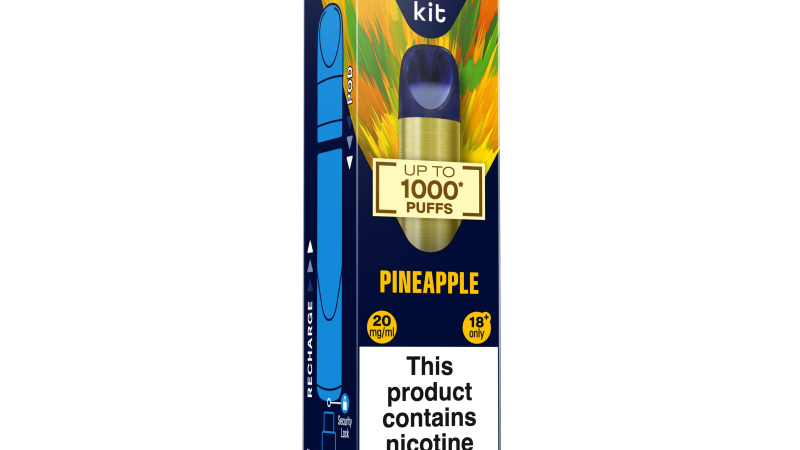October’s UK petrol price jump was the biggest ever recorded in a single month

Petrol prices grew faster in October than any month on record, the RAC says.
The average price of both petrol and diesel hit new record highs before the end of October after spiking by nearly 7.5p and 8p – and have continued to rise since.
Petrol is now 30p a litre more expensive than it was a year ago, with a quarter of the 12-month hike coming in October alone.
The RAC says it has never before recorded a petrol rise of more than 7.5p a litre in one month, since the start of fuel pricing data in 2000.
The previous biggest petrol price rise in a single month was in May 2018 when a litre went up 6p to 129.41p.
RAC data also shows that petrol prices in Northern Ireland are nearly 3p a litre cheaper than the South East of England.
Cheapest petrol
While Northern Ireland had the cheapest petrol and diesel in the UK, drivers still saw an 8p-a-litre leap in the price of unleaded.
A litre of diesel in Northern Ireland hit 144.36p – the same as the average price of petrol across the UK, while In the North East diesel rocketed by a ‘frightening’ 9p-a-litre to 147.22p.
On Sunday 24 October, the petrol price in England exceeded the 142.48p-a-litre all-time peak set on 16 April 2012 by reaching 142.94p.
By the month close, it had reached 144.35p – adding around £4 to the cost of filling an average family car’s fuel tank.
October prices rose 30p higher than what they were a year ago (114.46p), making it around £16.50 more expensive each time drivers visit the pumps.
The RAC says the diesel rise of 8.16p last month is second only to a 8.43p jump seen in May 2008.
Diesel also surpassed its record price of 12 April 2012 (147.93p) on Halloween, with a new high of 147.94p, up from 139.78p on 1 October.
The monthly record jump in petrol prices was primarily as a result of oil becoming more expensive, rising by nearly $5 a barrel from $78.62 to $83.47 – peaking on 25 October at $86.16.
This caused the wholesale price of a litre of unleaded to go up by 5p and diesel by 4.5p.
Surging cost of oil
Steve Gooding, director of the RAC Foundation, said: “The surging cost of oil is certainly contributing to the misery drivers face at the pumps, but the price of a barrel is still only around two thirds of what it was when forecourt prices were last at these levels.”
And the motoring body also believes that the rising cost of biofuels has also pushed petrol higher, with filling stations across the UK from September switching to E10 petrol with a 10 per cent biofuel mix, up from 5 per cent E5 sold previously.
RAC Fuel Watch data also shows that the big four supermarkets had a part to play in October’s spike.
They increased the price of unleaded by more than 9p-a-litre and diesel by more than 10p to averages of 142.18p and 145.28p respectively.
Asda had the cheapest petrol at 140.98p, only slightly lower than Sainsbury’s at 141.68p. Sainsbury’s offered the lowest price diesel at 144.37p, just slightly less than Asda which charged 144.57p at the end of October.
RAC fuel spokesman Simon Williams said there was a ‘glimmer of hope’ that prices could stabilise – and that major retailers needed to pass on savings to drivers as quickly as possible.
“With a fill-up costing £16.50 more than a year ago, the impact is definitely being felt in homes up and down the country. It’s also bound to have a negative effect on the economy,” he said.
“There is, however, a glimmer of hope that the oil price may have peaked for the time being, but much will of course depend on whether more supply is released when oil producer group OPEC+ next meets on Thursday.
“Regardless of this, the profit margin retailers are taking on each litre of petrol is greater now than it used to be prior to the pandemic, which is artificially making forecourt prices higher, particularly as VAT is charged on top.
“We urge the biggest retailers, in particular, to play fair with drivers and ease the burden at the pumps by lowering their margins on petrol from around 8p a litre to more normal levels.”








